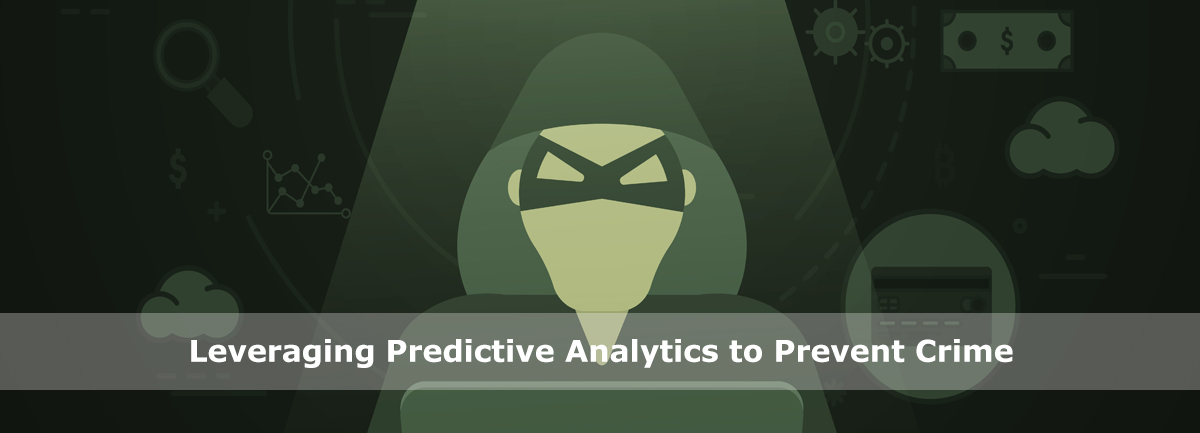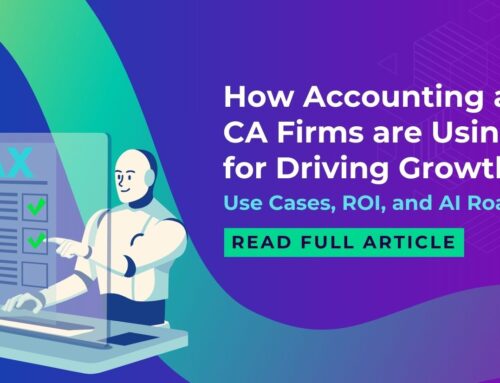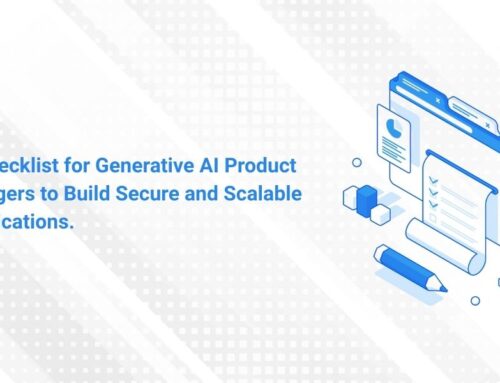Leveraging Predictive Analytics to Prevent Crime
In the past few years, an increasing number of police forces around the world have adopted AI-driven software that uses data to guide their decision-making. This involves police departments analyzing historic data to predict in what geographic areas there is an increased chance of criminal activity so that they can readjust their resource allocations accordingly and prevent crime.
Safera is a crime analytics & predictions platform which law enforcement and public safety agencies around the world rely on to detect, analyze, and predict crime. ThirdEye Data is now looking for worldwide partners to use Safera to predict and prepare for crime in their own regions. In the long term, the data, domain knowledge, and local connections supplied by these partners will enrich the data sets used by Safera and help it to provide insights into exponentially higher quality.
What the Software Can Achieve
Safera’s predictive analytics software can empower police departments to make the right decisions, giving them an improved chance of preventing crimes such as fraud, theft, and domestic violence. With this software, police departments can make better-informed decisions around deploying their resources each day. When planning assignments of officers, police professionals can understand which areas require more staff on the ground, the kind of back-up support to have available, and what type of vehicle or mode of transport is best. Armed with predictive analytics tools that can mine through and process thousands of datasets at a time, police departments can now identify patterns and correlations that might have otherwise been missed by human eyes.
Some cases in the United States indicate that when predictive policing software is used, the crime rate decreases. For instance, with the use of historic data, Richmond Virginia’s police department tried to forecast where gun firing would occur on New Year’s Eve in 2003, and adapted their surveillance routes to match these predictions. And it was a success: the random gunfire decreased on this night by 47%, 246% more weapons were seized, and the police force improved efficiency by saving an estimated $15,000.
How it Works
The technology was developed on the basis of two questions: what are the factors that affect crime? And how can we prevent crime by understanding these factors?
Using large data sets, Safera’s software makes critical connections between crime statistics and associated phenomena, for example, the opening of a new bar coinciding with a rise in drunk and disorderly behavior in a specific area. Or the holiday season, when families are more likely to be cooped up indoors, correlating to a sharp rise in domestic violence calls. Another connection is weather and theft – when it’s bright and sunny, more people stay outside all day often leaving their windows open, which corresponds to an increase in burglaries. Having understood some of these social, geographical, seasonal, and environmental contributing factors for crime, our platform helps public security agencies prepare more effectively.
But crime detection can be difficult, as there is almost never a direct correlation between an instance of crime and the various situations, thought processes, and data sets that are generally available for AI to be developed with. This means that the actionable insights provided by the AI could only be treated as a complement to police decision-making, rather than the sole driver of decisions, or a substitute for human-generated strategy.
Worldwide Partners
Safera’s technology has been used in many locations around the world, such as the City of Chicago, but it has most recently been rolled out in South Africa by PBSTi of Cape Town, who have plans to expand Safera’s predictive policing analytics in other African regions.
Ideal partners would be consulting companies who have been working directly with federal, state, and local authorities. Expanding the use of this platform will allow access to more regions of information, aggregate more data, improve the performance of the software, and save lives by preventing crime.









